Sea Watch Foundation staff and volunteers working to monitor bottlenose dolphins in Cardigan Bay, West Wales, have their hearts all aflutter with the latest spate of new born dolphins in the bay.
A Cardigan Bay bottlenose dolphin and calf by Pia Anderwald/ Sea Watch Foundation
Sea Watch Foundation monitor this, the largest coastal bottlenose dolphin population in the British Isles and in the past week have encountered four different new-borns in the area! Whilst it would be challenging to tell the youngsters apart from one another, the team use the calves’ close association with their mothers to tell them apart. “We use a technique named photo-ID to identify individual dolphins. It involves photographing the nicks and notches on their dorsal fins and comparing them to others in a large catalogue. Once we can positively identify the mother, we can be sure that the calf by her side belongs to her.” says Katrin Lohrengel, Cardigan Bay Monitoring Officer for Sea Watch Foundation. “We have seen four distinctly different mothers with new-born young recently so it feels like a real baby boom!” continues Katrin.
Dolphin calf displaying striped foetal folds off New Quay, Ceredigion by Katrin Lohrengel/ Sea Watch Foundation
The first calf was photographed by Sea Watch Foundation staff and volunteers on Friday 7th August on a dedicated survey out of New Quay along the coast towards Cardigan. A second calf was spotted on Tuesday (11th) when Sea Watch were invited to join a tourist boat trip out of Poppit Sands, towards Mwnt.
Dolphin calf number 2! Photographed on board ‘A Bay to Remember’ by Katrin Lohrengel/ Sea Watch Foundation
One of the new arrivals was photographed by crew on board one of the local dolphin-spotting tourist trip operators in New Quay and our team were able to identify this as a third new calf using the photo-ID technique.
The third new bottlenose dolphin calf photographed on board Dolphin Spotting Boat Trips, New Quay
The newest edition to the Sea Watch records was discovered yesterday on a dedicated survey, just outside of Aberystwyth Harbour. Excitingly, there may even have been a fifth youngster discovered on this survey, our team are comparing photographs to confirm this.
The fourth new youngster spotted on a survey out of Aberystwyth by Katrina Gillett/ Sea Watch Foundation
“Cardigan Bay is favoured by bottlenose dolphins for feeding and breeding in the summer months from April through to October. Continuous monitoring of the population is vital to document any subtle changes which occur.” says Kathy James, Sightings Officer for Sea Watch Foundation. “Aside from our obvious joy to realise that Cardigan Bay bottlenose dolphins are having a successful breeding season, we’re thrilled to be able to show the importance of working alongside tourist boat operators in the area.” continues Kathy. “Boat operators have a significant role to play in the conservation of these and other species all around the UK by enthusing and educating people about them on their trips. We’re also extremely grateful that ‘A Bay to Remember’ and ‘Dolphin Spotting Boat Trips, New Quay’ as well as others, take part in our monitoring by recording their sightings and allowing our staff and volunteers on board their boats to educate and observe.”
Sea Watch Foundation is a UK-wide charity that monitors dolphins as well as whales and porpoises, and for fifteen years we have had a field office base in New Quay, Ceredigion. Using our huge data set, we are able to inform policy on how best to conserve these species given all the changes happening around our coasts. Sea Watch was instrumental in the designation of two Special Areas of Conservation within Cardigan Bay, and we utilise public sightings to help us achieve such goals.
Sightings of whales, dolphins and porpoises can easily be submitted online at www.seawatchfoundation.org.uk/sightingsform/.
You can contribute to the work of Sea Watch and stand a chance of naming one of the new dolphin youngsters by taking part in their ‘Name Berry’s Calf’ competition. Visit www.seawatchfoundation.org.uk/cardiganbay/ for more details and to keep up to date with activities in the bay.

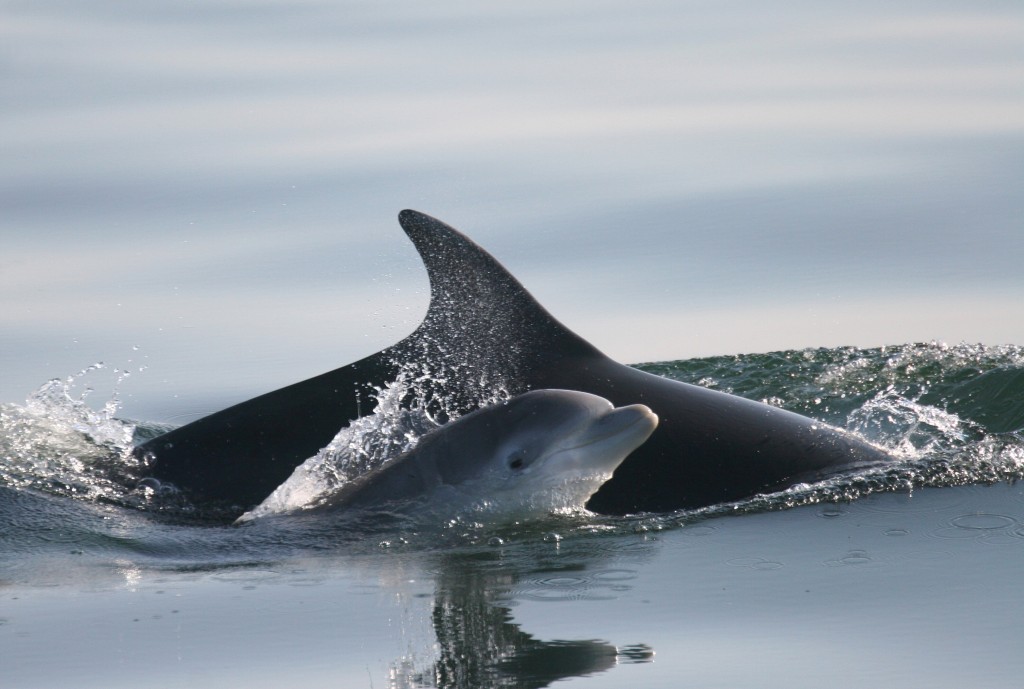
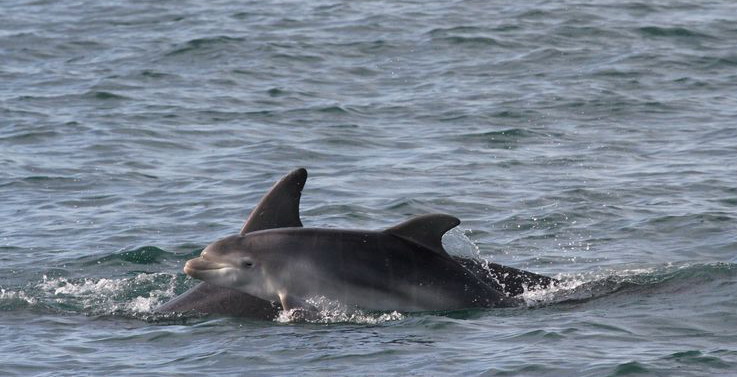
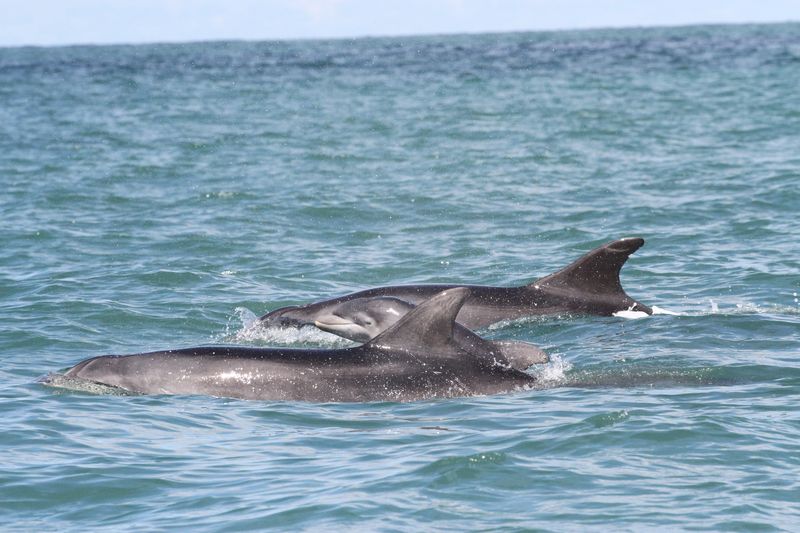
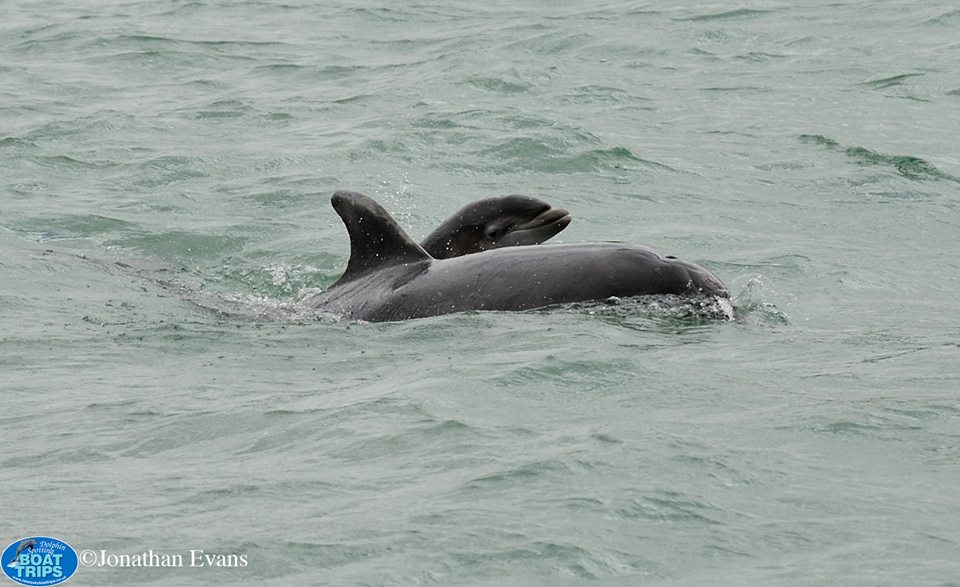
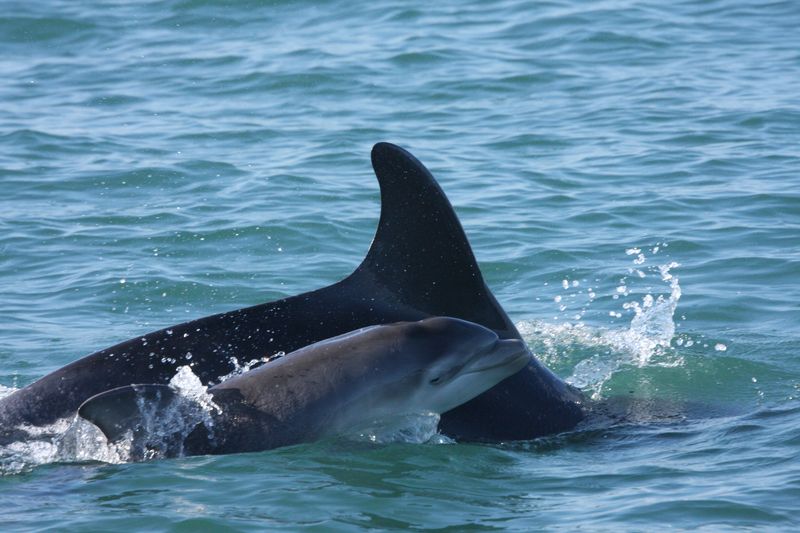
























Pingback: Sea Watch Foundation » Who’s that dolphin?!